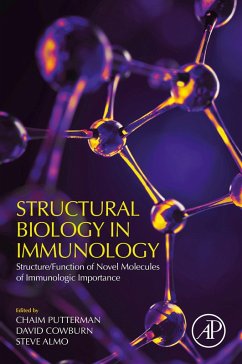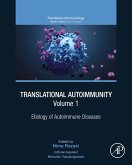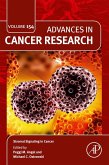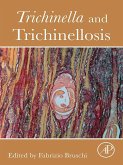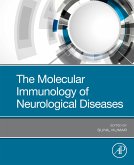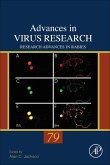Structural Biology in Immunology, Structure/Function of Novel Molecules of Immunologic Importance delivers important information on the structure and functional relationships in novel molecules of immunologic interest. Due to an increasingly sophisticated understanding of the immune system, the approach to the treatment of many immune-mediated diseases, including multiple sclerosis, systemic lupus erythematosus, rheumatoid arthritis, and inflammatory bowel disease has been dramatically altered. Furthermore, there is an increasing awareness of the critical role of the immune system in cancer biology. The improved central structure function relationships presented in this book will further enhance our ability to understand what defects in normal individuals can lead to disease.
- Describes novel/recently discovered immunomodulatory proteins, including antibodies and co-stimulatory or co-inhibitory molecules
- Emphasizes new biologic and small molecule drug design through the exploration of structure-function relationship
- Features a collaborative editorial effort, involving clinical immunologists and structural biologists
- Provides useful and practical insights on developing the necessary links between basic science and clinical therapy in immunology
- Gives interested parties a bridge to learn about computer modeling and structure based design principles
Dieser Download kann aus rechtlichen Gründen nur mit Rechnungsadresse in A, B, BG, CY, CZ, D, DK, EW, E, FIN, F, GR, HR, H, IRL, I, LT, L, LR, M, NL, PL, P, R, S, SLO, SK ausgeliefert werden.

